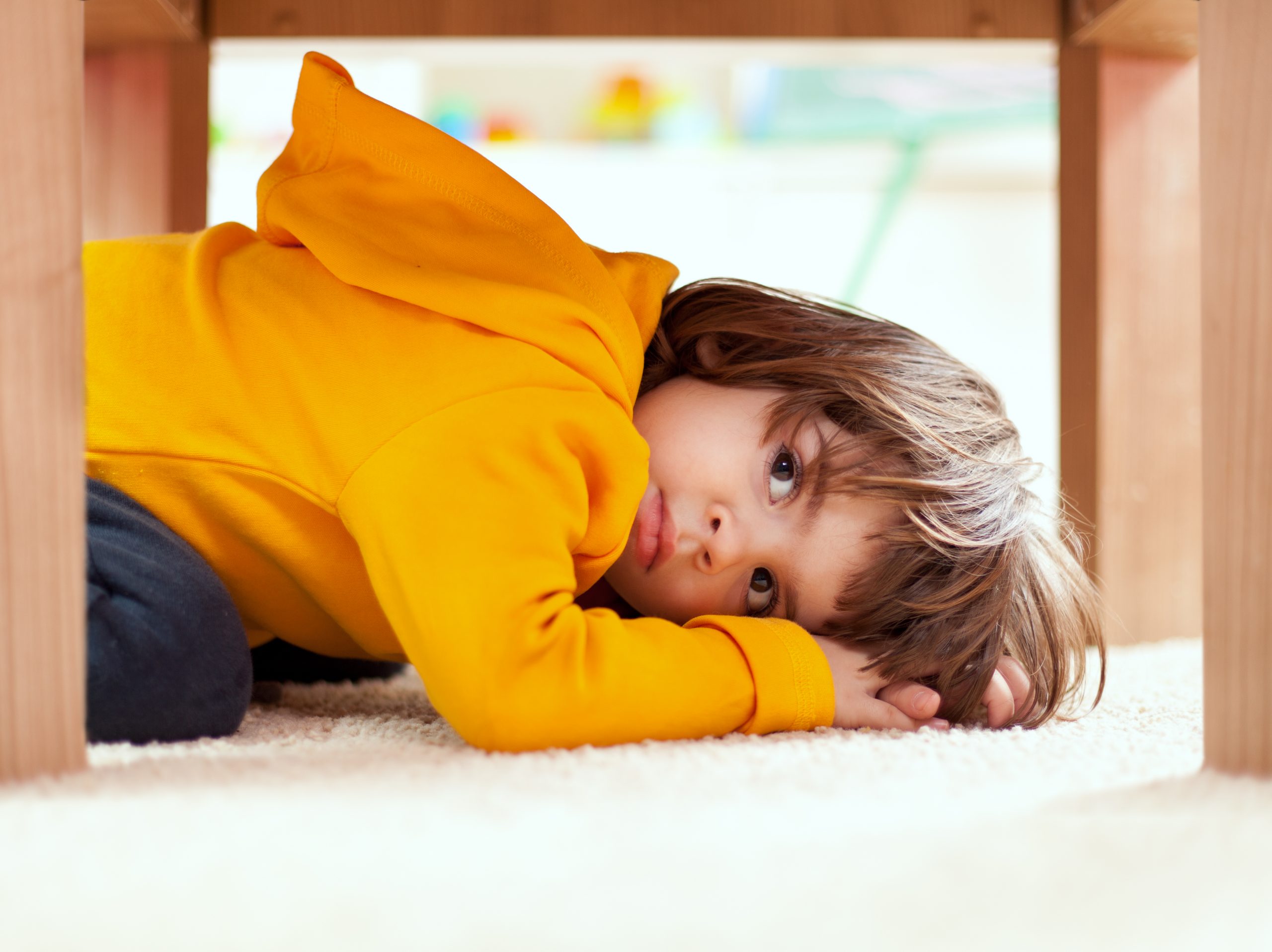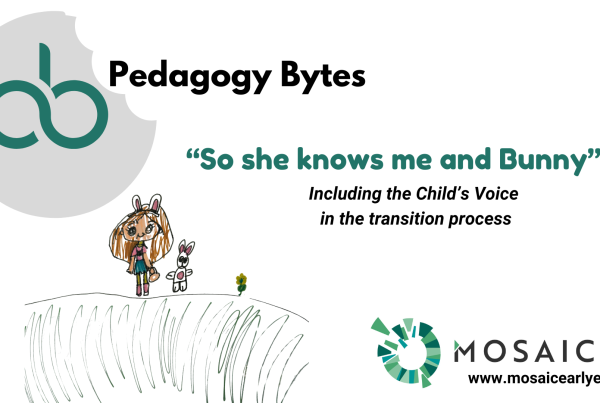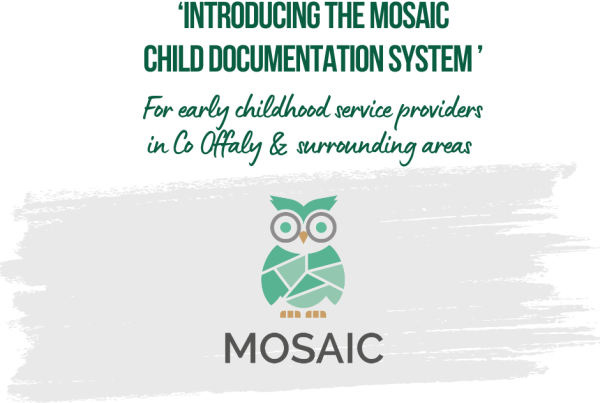Think back to when you were a child, and the times you needed a space just for you. Maybe a space where you wanted to play out of the watchful view of adults – a secret magical space. Now as an adult, isn’t a quiet, cosy space always the best place to relax, think and feel at ease?
Regardless of whether you are working with or are the parent of a baby, toddler or pre-school child, this article highlights why creating hidey spaces is an important component of responding to a child’s preferences and emotional needs.
The importance of Hidey Spaces
Like adults, children have differing personalities, emotional needs and social preferences. Whether setting up your room in an early learning and care setting or planning play activities at home, play spaces need be mindful of the child who has a more introverted personality, and his/her needs in a busy and noisy environment.
The child who has an introverted personality may need to take time out now and then to just ‘be’. This child is often mistaken for a shy child but being introverted and being shy aren’t the same thing. This child may prefer to spend time alone reading or engaging in other solitary activities rather than eagerly seeking out the companionship of other children or adults. This child’s preference may be for quieter, more enclosed spaces away from overwhelm and busyness – even for a short time.
For children who prefer quiet spaces, always expecting them to play and learn in a large open room is akin to asking to you sit in the middle of a massive, busy shopping centre and quietly read a book – the week before Christmas!
Private, hidey spaces allow children to feel secure while still be part of, and able to observe what is going on around them. They can ‘step out’ of the hustle and bustle for a while and ‘step back in again’ when it suits them. This is empowering for the child, gives them a sense of control and decision making and allows them to interact and form friendships in different ways. Private spaces also help children to feel more secure and confident in their role play. Some children with special needs especially like to retreat or get away from groups of children and loud noises for some quiet time.
Therefore, you will notice certain children more attracted to small areas where they can ‘enclose’ their play and gain a sense of control over their physical space, as opposed to being in a large, open room. The spaces can give a feeling of privacy and security and allow them to withdraw by themselves or with friends. An additional advantage to having enclosed spaces is that this can ‘scale down’ large spaces to make them more like home spaces which can greatly help children’s levels of concentration and involvement in their play.
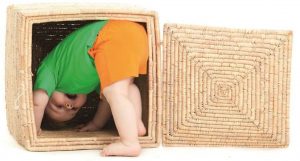
Creating spaces and places
Remember that regardless of how well a room is designed, it is not ‘child-height’. Have you ever visited somewhere as an adult that you knew as a child and thought it looked small? This is because the space was not child-height when you were there as a child. Child-height spaces like dens, hidey holes and play spaces can be liberating because children can be in control of their own private child-sized space. This allows children to feel secure and engage more deeply in their play.
Enclosed play spaces can be created in several ways and suit a variety of budgets both indoors and outdoors. You can create spaces defined by screens, mobile storage units and so on. On an individual basis, small cloth tents, wicker domes, enclosed egg chairs and home-made dens make wonderful private spaces. A table fully draped in a large cloth or blanket is a hidey hole that has spanned generations!
Tents are versatile, inexpensive, and are suitable for all ages. While babies and toddlers enjoy crawling into and through tents and exploring in them, a pre-school child can go in alone or in small groups to play. This is their own private play space where they feel free to do what they want and can follow their own agenda. Children can take ownership of the space.
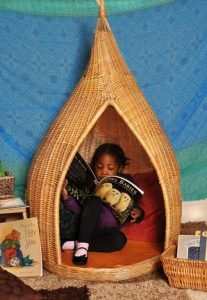 When creating spaces, think in terms of numbers of children and different experiences and interactions.
When creating spaces, think in terms of numbers of children and different experiences and interactions.
-
- Some spaces need to allow for just one child – not all children want to be with others all the time, especially when spending long hours in day-care. An egg chair, a wicker pod, or a tent with twinkly lights can be the perfect place to explore a book, have a rest or do nothing for a while.
- Some spaces need to accommodate two to four children as this allows those special friendships and interactions to form. A table draped with a large cloth, or a medium sized tent offer amazing small group spaces.
Larger spaces that nurture and encourage small-group conversations, three to four children together. You will see imaginary games and hear the children talking among themselves. They often take on different roles, and the negotiation skills during these sessions help develop co-operation and language development.
- Outdoors, a playhouse, den or garden shed can create a safe space for interactions, play and alone time. Select structures that are multi-purpose so that their use is open-ended and not restrictive to children’s imaginative play. These places could range from a wooden playhouse to a cardboard box, or a naturally created cave in a covered corner.
It goes without saying that some children may not like or have an anxiety over small spaces, so it is important to offer choices based on careful observation.
So why not do a quick ‘spaces’ audit of your room and ensure that you are providing a range of spaces to respond to the needs and preferences of all children.
About the Author:
Avril McMonagle is Founder and CEO of MOSAIC Digital Solutions for Early Education which provides a range of child centred digital supports for early years educators and services. The company flagship products are the MOSAIC Educator and MOSAIC Family Apps which offer multi-modal documentation and assessment tools for professional educators. For more see www.mosaicearlyed.com; email [email protected] and follow us on social media @mosaicearlyed
